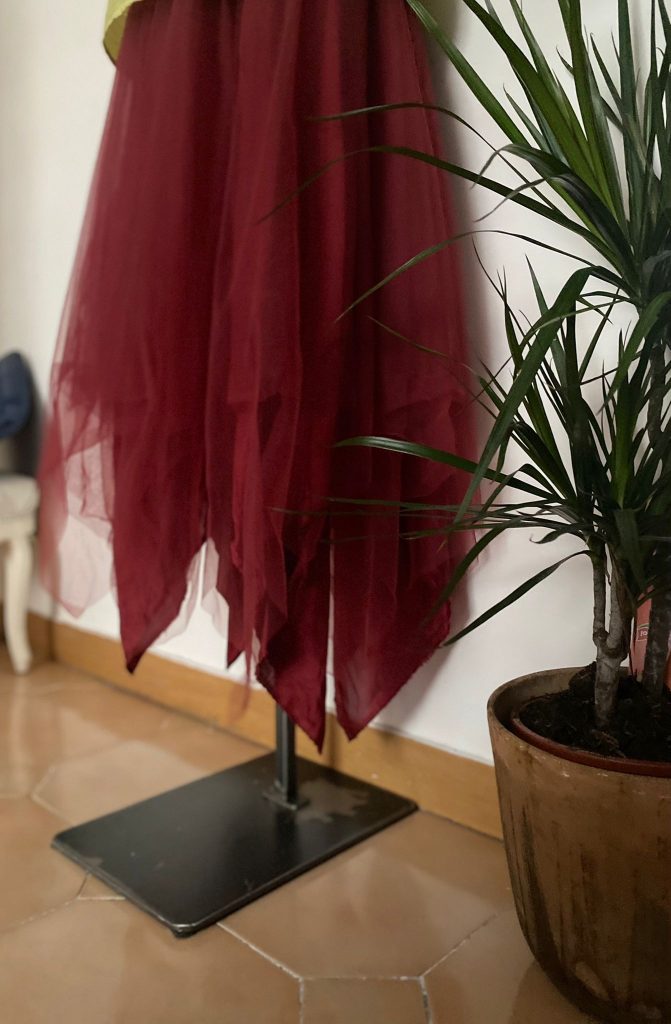Niche fashion: what does it mean?
And can it stand on its own?
Niche fashion is a matter of having a personal identity, refusing mass products and somehow having a certain repulsion for what is extremely popular.
The question is: do you want to look like everyone else? Dress like everyone else? And think like everyone else?
If yes, maybe reading this post is a waste of your time. Indeed many people like to be the copy of others. But if your response is no, it’s worth a few minutes of reading. Exploring the concept of niche fashion will help you understand that small universe outside mass trends.
It’s an imagery that finds very little space in our homologated culture. Social media flattened everything privileging a single line of thought.
Created by visionary designers, it finds support from a limited number of selected international retailers who still have a passion for research. And by people like you, who love searching for authentic gems.

However, niche has a meaning in marketing but has a slightly different connotation in fashion. In marketing, it refers to a group you identify as your target audience.
Niche fashion meaning
In the fashion field, professionals call niche brands or collections those designs out of the mainstream. Cult pieces of clothing or accessories not for all because of their design, quality and craftsmanship. Which image is so unique that only people with a specific taste will understand them.
In essence, niche fashion is about having a different sensibility towards design and quality. It is for connoisseurs, insiders or everyone having an eye to recognise it, people who escape from mass thinking and find pleasure in the unconventional.
Now, can niche brands stand on their own?
The news that Calzedonia group just acquired Antonio Marras, taking a majority stake in the brand, opens the discussion.
Niche fashion will never be trending, never too popular. It wouldn’t be niche. And it has nothing to do with algorithms.
And so, preserving a culture of diversity is vital for niche brands to survive.
Niche fashion: what does it mean? Read More »
